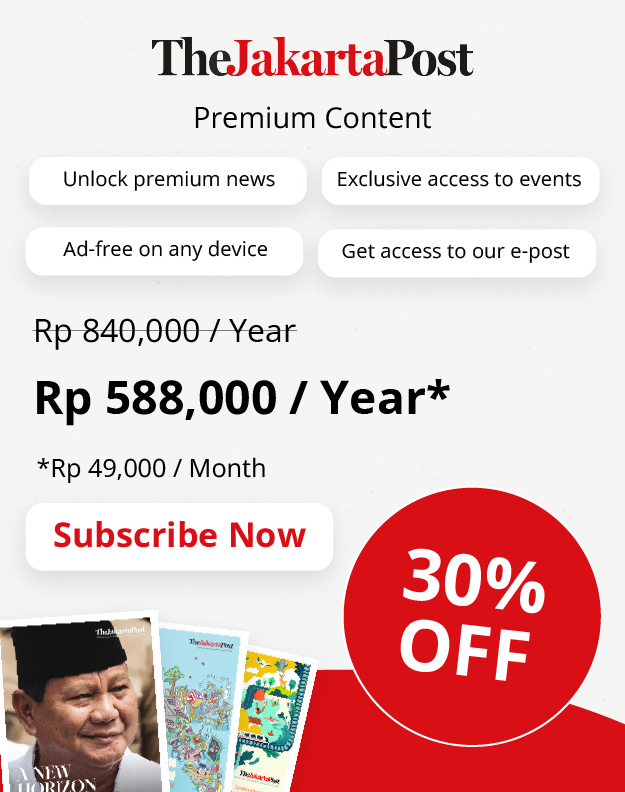Latest News
South Papua Governor Apolo Safanpo attended a meeting with the Ambassador of the People's Republic of China to Indonesia Wang Lutong at the Chinese Embassy in Jakarta on Oct. 23, 2025, to discuss investment cooperation and human resource development. The meeting discussed opportunities for cooperation between the South Papua Provincial Government and the Chinese Government in the areas of investment and human resource development.
During the meeting, the Chinese Government expressed its willingness to invest in the fisheries sector of South Papua and establish a vocational training center to improve the skills of the local workforce, particularly in the marine and fisheries sector. Apolo explained that this collaboration could create new business opportunities, strengthen natural resource-based industrial sectors, and improve the welfare of the people in the new autonomous region.
"This collaboration is a strategic step for the economic growth of South Papua. In addition to investment, workforce training is a key focus so that the [collaboration's] benefits are directly felt by the community," said Apolo.
As an initial step, the South Papua-China Business Forum will be held in November 2025. The forum will serve as a meeting place for potential Chinese investors, local business players, local governments, and other stakeholders to discuss investment potential and follow-up in leading sectors. Afterwards, Ambassador Wang is scheduled to visit Merauke Regency, South Papua, to review the region's potential and conduct a preliminary survey in the waters of South Papua.
Apolo added that Wang's move will further strengthen bilateral relations between Indonesia and China, and it is also expected to have a positive impact on maritime economic development and improving the welfare of the people of South Papua.
"This step is important to ensure that investment provides tangible benefits to the community and improves the skills of the local workforce," he concluded.

